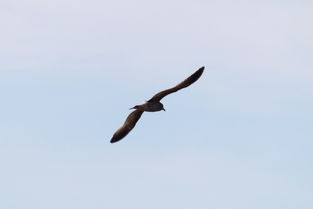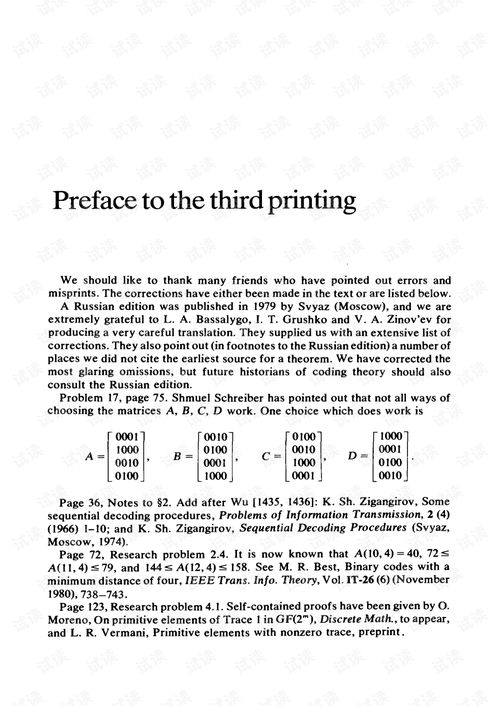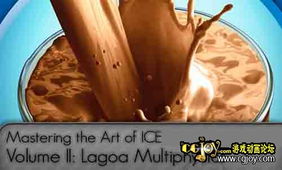Content:
Fishing, an age-old pastime, has been captivating enthusiasts for generations. The thrill of reeling in a catch and the serene experience of being one with nature are just a few reasons why fishing remains a beloved activity. One of the key elements to a successful fishing trip is mastering the art of baiting. In this article, we delve into the ins and outs of using bait effectively, accompanied by a video guide to enhance your understanding.
Understanding the Basics of Baiting

Before we dive into the specifics of how to use bait, it's important to understand its purpose. Bait serves as an attractant to fish, enticing them to bite. There are various types of bait, including live bait, artificial bait, and natural bait. Each type has its own advantages and is suitable for different fishing scenarios.
Choosing the Right Bait
The first step in using bait effectively is choosing the right type for your fishing environment. Here's a quick rundown of the different types of bait:
Live Bait: This includes creatures like worms, minnows, and leeches. Live bait is often preferred for its natural appeal to fish. It's important to keep live bait healthy and lively to ensure it's attractive to fish.
Artificial Bait: These are man-made lures designed to mimic the movement and appearance of real bait. Artificial baits are great for catching fish that are finicky or difficult to catch with live bait.
Natural Bait: This includes natural foods found in the water, such as insects, crustaceans, and small fish. Natural bait is often the best choice for fishing in specific water bodies where these natural foods are abundant.
The Art of Bait Preparation
Once you've chosen your bait, the next step is to prepare it. This involves cleaning, cutting, or shaping the bait to make it more appealing to fish. Here are some tips for preparing different types of bait:
Worms: Keep them moist and wriggle them to make them look more natural. Cut the worms into smaller pieces if needed.
Minnows: Clean them thoroughly to remove any scales or blood. Cut them into pieces if you're using them as chunks of bait.
Artificial Lures: Adjust the hooks and lures to ensure they are in good working order. Check for any nicks or bends in the line that could hinder your fishing.
Natural Bait: Ensure it's clean and free from any debris. For insects, you may need to attach them to the hook with a small piece of thread.
The Video Guide: Baiting Techniques in Action
To help you visualize and understand the process of baiting, we've prepared a video guide that covers the following:
Selecting the Right Bait for Your Environment: The video demonstrates how to identify the best bait for your fishing spot based on the type of fish you're targeting and the local ecosystem.
Preparation Techniques: Step-by-step instructions on how to prepare different types of bait, including live, artificial, and natural bait.
Baiting the Hook: The video shows you how to properly attach the bait to the hook, ensuring it's secure and ready to attract fish.
Presenting the Bait: Tips on how to present the bait to the fish, including techniques for moving the bait in a way that mimics the natural movement of prey.
Maintaining Bait Freshness: The video also covers how to keep your bait fresh throughout your fishing trip, ensuring it remains effective.
By watching this video guide, you'll gain a deeper understanding of the baiting process and be better equipped to catch more fish on your next outing.
Conclusion
Baiting is a fundamental skill in fishing that can make the difference between a good day on the water and a great one. By understanding the basics of bait selection, preparation, and presentation, you'll be well on your way to becoming a master angler. Remember to always fish responsibly and respect the environment. Happy fishing!












